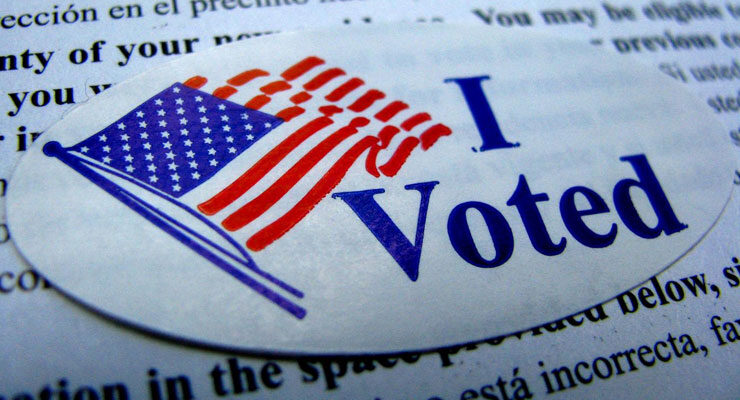 This article by Genevieve Nadeau and Helen White is published by Just Security. Here is an excerpt:
This article by Genevieve Nadeau and Helen White is published by Just Security. Here is an excerpt:
During the recent Senate Rules Committee hearing on Electoral Count Act reform, Senator Angus King (I-ME) asked a question that seems to be on many minds: What is the independent state legislature theory and how would it impact the casting and counting of electoral votes under the Electoral Count Act? The bipartisan panel of experts was clear in response. The Electoral Count Act, current or reformed, would continue to constrain state legislatures even if the Supreme Court adopts the independent state legislature theory and frees state legislatures from state-level checks on their power to regulate federal elections. Indeed, these two areas of election law have little to do with one another. But with the landscape developing quickly and the stakes high, it is helpful to explore the issues in detail.
We offer this analysis, adding to the work of Professors Rick Pildes, Ned Foley, Derek Muller, and Rick Hasen (among others), as well as organizations including the Cato Institute, in an effort to bring more clarity to two topics that are now among the most urgent in election law.
What is the Electoral Count Act and why does it need to be updated?
The Electoral Count Act of 1887 (ECA) governs the process of casting and counting Electoral College votes for president and vice president. The statute sets the timeline for states to appoint presidential electors in November and for electors to cast their votes in December, and describes the process that Congress should follow when it convenes to count the states’ electoral votes in January. As the nation learned in January 2021, the statute is badly in need of an update. It includes antiquated and ambiguous language and fails to offer clear guidance on key aspects of the process of counting electoral votes and resolving related disputes — weaknesses that render the statute open to misunderstanding or exploitation, and risk the peaceful transitions of power that have been a hallmark of U.S. democracy.
Read the full article here.
Leave a Reply